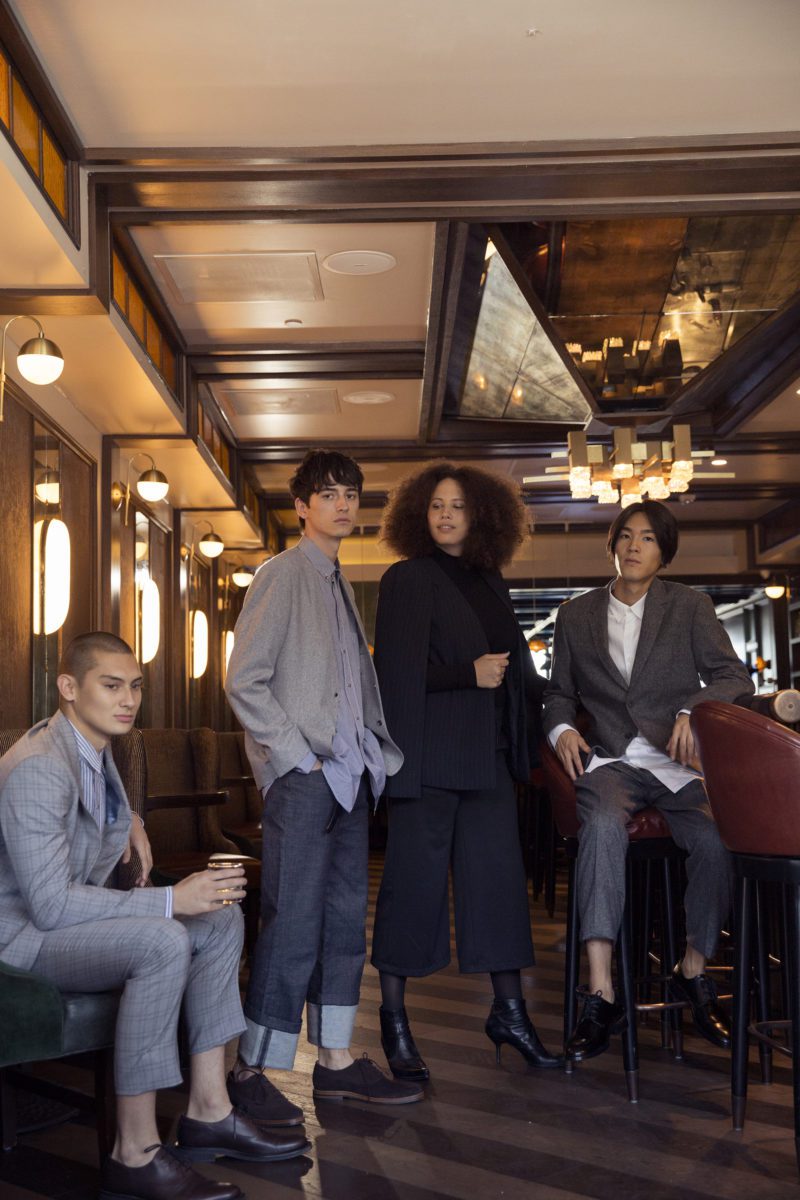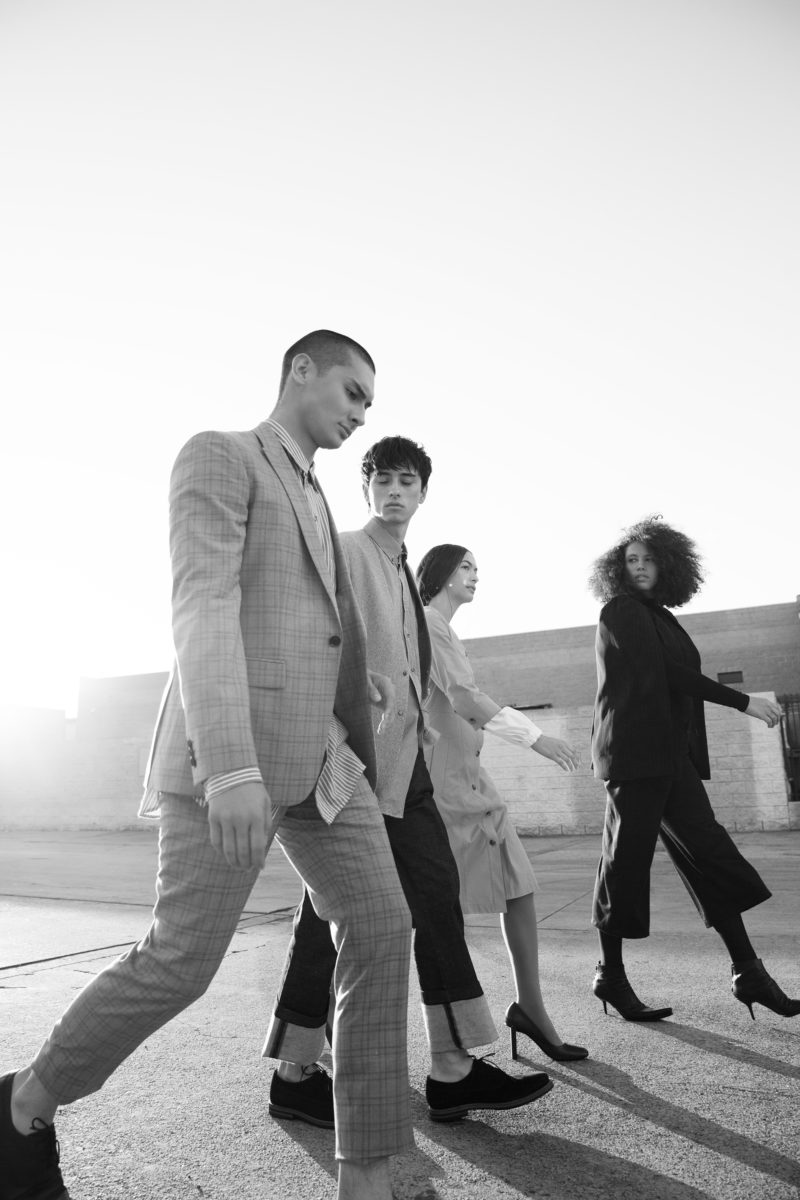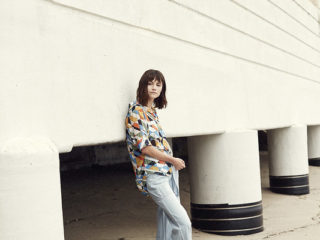A young girl meanders through a park, unhindered, on a hunt of grave importance. With dirt under her fingernails and sunshine in her eyes, she searches for whatever has caught her attention. Observing her, you’d see nothing more than normal childlike behavior—upturning rocks and digging into soil, tiny fingers separating pebbles from treasure. Her tangled hair falls around her face; she sits squatting like a frog over the ground. She is, in all her mess, utterly delighted and entirely content; she is fascinated by the scene before her.
I see something in this girl that strikes me. She doesn’t correct her stance or fix her hair, because she hasn’t been told to care. She doesn’t startle at the rustling in the bush, because she hasn’t been told to fear. In all her innocence, she is unfazed by worry and she is captured by the ordinary. And I wonder, is there a lesson to be learned from the curiosity of the child, something valuable that we’ve lost? What if this girl holds the secret to how we were designed to live? What if we were born to be explorers? What if we have misplaced a way of seeing that could empower and enrich our lives today?
 If you have ever engaged with someone truly curious, then you know you have been graced with a compelling experience. Can you remember how that felt? They looked into your eyes—really looked—and when you spoke, they really listened. They asked thoughtful, genuine, inquiring questions about you; they cared. And somehow, through this act of curiosity, even a stranger could feel like a best friend. If this experience truly touched you, as it does most of us, then it’s worth examining—and worth returning to afresh.
If you have ever engaged with someone truly curious, then you know you have been graced with a compelling experience. Can you remember how that felt? They looked into your eyes—really looked—and when you spoke, they really listened. They asked thoughtful, genuine, inquiring questions about you; they cared. And somehow, through this act of curiosity, even a stranger could feel like a best friend. If this experience truly touched you, as it does most of us, then it’s worth examining—and worth returning to afresh.
Psychologist and academic Dr. Roger Bretherton takes a deeper look at curiosity and defines it as: “intentionally deciding to look again at things that are already familiar.” He argues that curiosity is a beneficial urge to “get to grips with the world around us,” and that it has huge psychological and emotional benefits. It not only expands our field of vision, but it deepens our relationships with others and with the world around us.
 Let’s go even further to take a look at curiosity through the lens of researchers. In a Neuron study, curiosity was shown to activate the reward centers of the brain, motivating exploration, engagement, and connection. Further research by the International Association of Applied Psychology revealed that curiosity can transform anxiety, anger, and even depression into something life-giving. This is good news: with a second glance and an open mind, we can shift our thought patterns from worry to wonder. By attempting to learn about the self and the other, we can move into a place of calm and compassion. Imagine if we were to treat curiosity as a powerful anti-anxiety agent for our minds. As Dan Zadra said so poignantly: “Worry is a misuse of the imagination.” Let’s use our imaginations for something brighter.
Let’s go even further to take a look at curiosity through the lens of researchers. In a Neuron study, curiosity was shown to activate the reward centers of the brain, motivating exploration, engagement, and connection. Further research by the International Association of Applied Psychology revealed that curiosity can transform anxiety, anger, and even depression into something life-giving. This is good news: with a second glance and an open mind, we can shift our thought patterns from worry to wonder. By attempting to learn about the self and the other, we can move into a place of calm and compassion. Imagine if we were to treat curiosity as a powerful anti-anxiety agent for our minds. As Dan Zadra said so poignantly: “Worry is a misuse of the imagination.” Let’s use our imaginations for something brighter.
So, then, what does it mean to be curious? First, let go of your notions of curiosity as a passive trait that simply follows the next fad or leaps into the latest novelty. This isn’t the type of curiosity we’re talking about. We’re looking at the curiosity that is active and engaged, the curiosity that is open, yet discerning. And to activate this quality, it will take a little bit of practice.
 Practice: “Tell me more…”
Practice: “Tell me more…”
Think of a typical conversation with a friend. How often do you listen only to find yourself thinking of a good bit of advice, or mirroring their experience to one of your own—and all the while they’re still not yet finished speaking? How often do we let fear or anxiety spin narratives about others, before understanding what the other is going through? It’s helpful to remember that we don’t fully know what another is experiencing, thinking, or feeling, and we certainly don’t know what’s going to happen. A simple and practical way to engage in curiosity is to take the approach of, “Tell me more,” rather than to box that person into our own assumptions or past experiences. This posture engages empathy, too, which can make that fear and anxiety feel much, much smaller.
Practice: “What is beautiful here?”
Another simple way to practice curiosity is to catch yourself in familiar places and ask, “What is beautiful about this? What can be learned here?” Take on the role of the seeking observer. You’ll be amazed by the fresh, yet subtle sense of awe that arises in your spirit, just by noticing. Next time you’re walking that same route through your neighborhood or taking the 8am train to work, remember that there is always opportunity for more openness, more seeing, more learning.
Practice: “How am I, really?”
Lastly, go inward and take on a curiosity towards yourself; reach for some self-kindness and take an honest look at your inner world. Whether you’re sitting down for a meal, catching a breath between plans, or winding down for the day, try asking (without judgment): “What brought me the most joy today? What am I afraid of? Am I holding onto something that I need to let go of?” Dive deeper with yourself, get creative, and become truly interested in where you’re at.
You, Darling, are a wonder to behold and to understand more deeply—as are your surroundings. So, today, put on your curiosity glasses, shift that worry into wonder, and take a second glance at life today.
Images Via Ali Mitton










